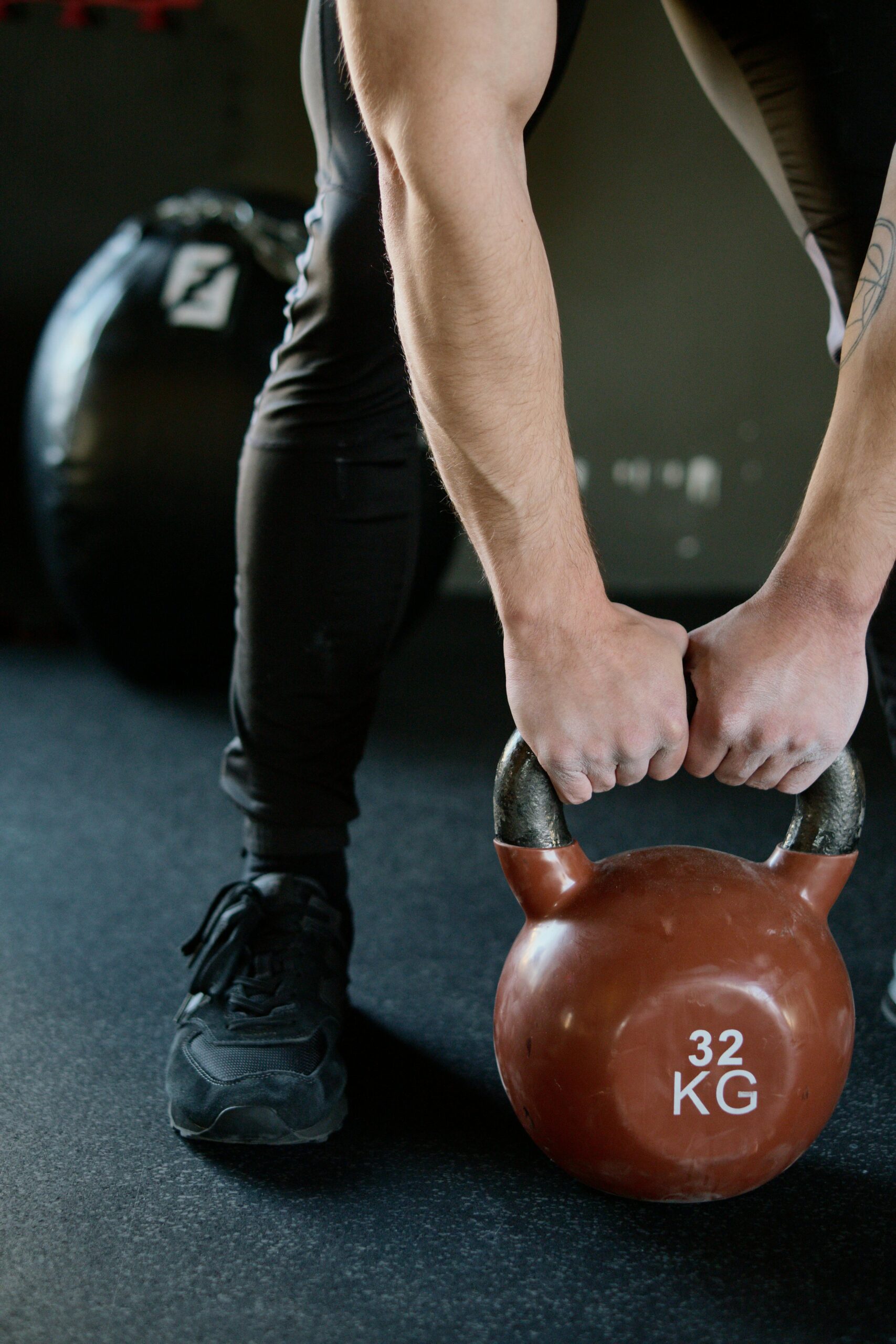
If you view weight loss for men as a problem to be solved—a system to be optimized—then generic advice simply won’t cut it. Sustainable fat loss isn’t about guesswork; it’s about precision, energy balance, and consistency. For men aiming to cut body fat without sacrificing performance, the focus must shift from simply ”eating less” to mastering calorie density and optimizing your daily energy expenditure.
This strategy moves beyond the gym floor and into the details of your daily consumption and movement, ensuring your input metrics (food) align perfectly with your output metrics (activity).
The Calorie Density Advantage: Volume Eating
When cutting calories, the biggest challenge is satiety—feeling full. This is where the concept of Calorie Density becomes your most powerful ally.
Calorie density measures the number of calories in a specific volume or weight of food. Your stomach fills up based on volume, not necessarily calories.
- High Density Foods: Nuts, oils, butter, chocolate, and processed snacks. They have high calories in small volumes, making it easy to overconsume.
- Low Density Foods: Vegetables, fruits (especially berries), lean protein, and broth-based soups. They are packed with water and fiber, filling your stomach for far fewer calories.
By prioritizing Volume Eating—filling your plate with low-density foods—you trick your body into feeling fuller on a calorie deficit. This eliminates the grinding hunger that kills most diets.
Actionable Swaps:
- Swap: A handful of nuts (300 calories)
- For: A large bowl of air-popped popcorn (100 calories) or a massive salad with low-fat dressing.
- Swap: A bagel (250 calories)
- For: Two full cups of Greek yogurt with berries (same calories, quadruple the protein, ten times the volume).
Mastering the Forgotten Metric: NEAT
When men think about calorie burning, they usually picture an hour of structured exercise. However, the majority of your daily non-resting energy expenditure comes from Non-Exercise Activity Thermogenesis (NEAT).
NEAT is the energy your body burns doing everything that isn’t sleep, eating, or a planned workout—fidgeting, standing, walking, cleaning, etc. Because you only work out for one hour a day, maximizing NEAT during the other 15 hours you are awake is critical for pushing your energy output higher.
Increasing Your Baseline Burn
- Stand More: Use a standing desk or take standing breaks every hour.
- Pacing Power: Take phone calls while walking around the office or house.
- The Parking Rule: Always park farther away from the entrance.
- 10-Minute Blips: Break up sedentary time with ten minutes of active movement (stretching, cleaning, walking) every two hours.
A small, consistent increase in NEAT throughout the day can easily burn an extra 300 to 500 calories—equivalent to another strenuous workout—without hitting the gym.
The Hydration and Hunger Connection
This is one of the simplest optimization points, yet it’s widely ignored. Your body’s signals for thirst and mild hunger are often confused, leading to unnecessary snacking.
Maintaining optimal hydration is vital because water plays a role in every metabolic process, including lipolysis (the breakdown of fat). When you’re dehydrated, your body cannot efficiently burn fat for energy.
- The Pre-Meal Ritual: Drink one full glass of water 15 minutes before every major meal. This often dampens the initial surge of hunger and limits overeating.
- Consistent Sipping: Keep a large water bottle (40 oz or more) within reach at all times and aim to empty it twice during your workday.
Biofeedback: Tracking Beyond the Scale
A highly successful man uses data to drive decisions. In weight loss, that means using more than just the scale. Your body constantly provides biofeedback that tells you whether your current plan is working, failing, or needs adjustment.
Start monitoring these key subjective metrics every day:
- Energy Levels: Are you crashing midday? This suggests poor blood sugar control (too many simple carbs) or poor sleep.
- Recovery and Soreness: Are you constantly exhausted and sore? Your training volume is too high, or your protein and sleep are too low.
- Mental Clarity: Are you sharp and focused? Good. If you’re mentally foggy, your brain isn’t getting adequate fuel, often due to aggressive under-eating.
By focusing on these metrics, you refine your plan dynamically. If your energy drops, don’t cut more food; optimize your food type and your sleep schedule. This data-driven approach is the ultimate form of sustainable consistency.
Weight loss for men is a mastery of systems. Control your calorie density, maximize your daily movement, stay hydrated, and use your body’s biofeedback to guide your adjustments. That’s the formula for efficient, lasting results.